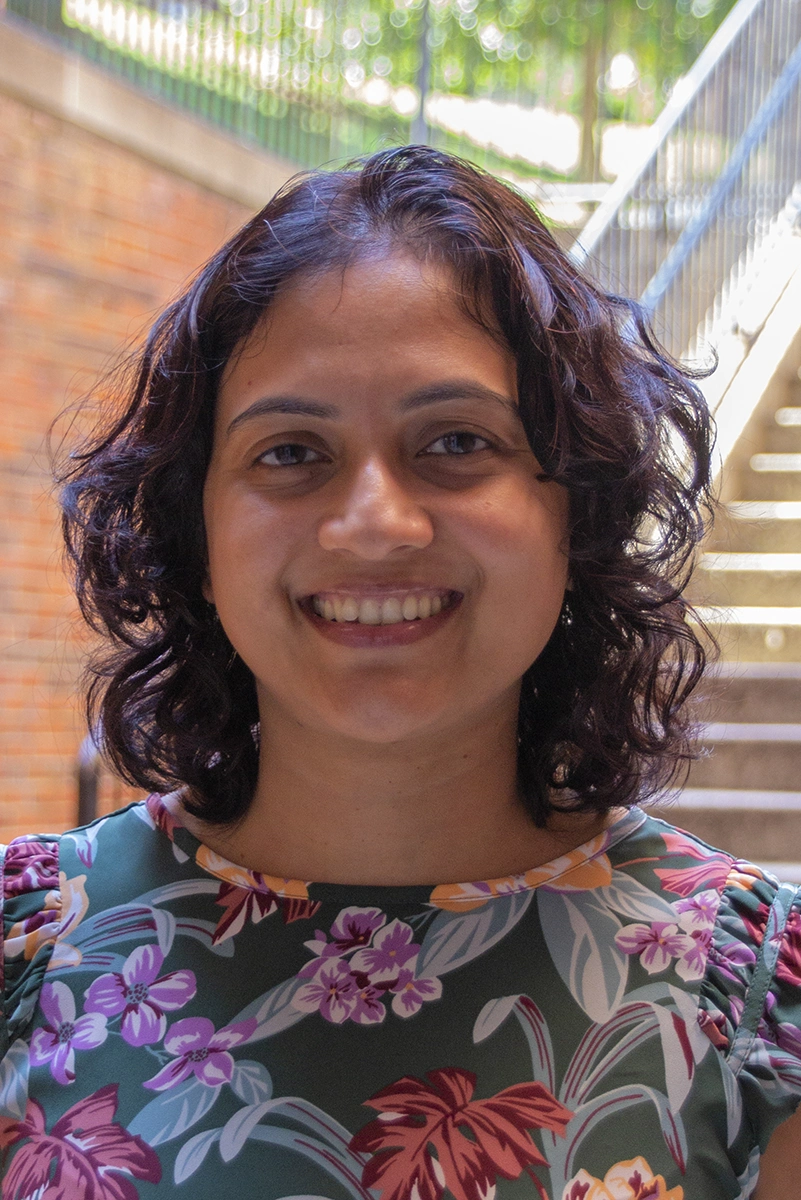Sharani Roy

ADDRESS
317 Buehler Hall
1420 Circle Dr.
Knoxville, TN 37996-1600
Address Lab
336 Buehler Hall
Website
Phone
Sharani Roy
Associate Professor
Education
B.S., University of Delhi, India (2000)
M.S., Indian Institute of Technology, Delhi, India (2002)
Ph.D., Yale University (2009)
Postdoctoral research, Northwestern University (2014)
Research
For more information check out: Sharani Roy’s Group Website